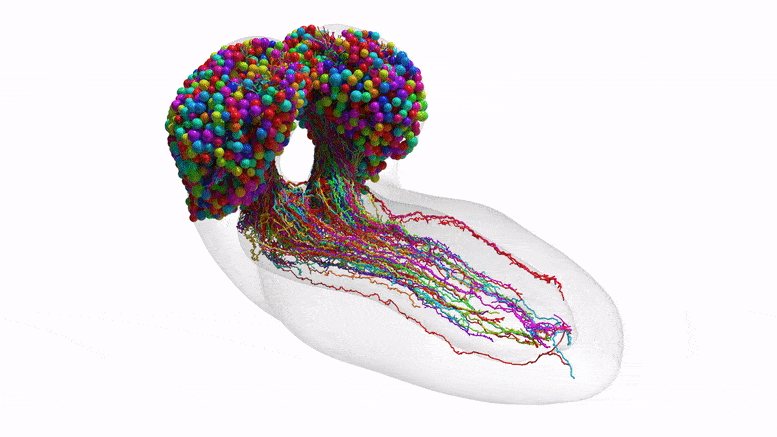Thank you for watching my video about Elon Musks Neuralink! If you liked it, please consider subscribing! Have a great day. #neuralink #elonmusk.
Neuralink is a neurotechnology company founded by Elon Musk in 2016 with the goal of.
merging the human brain with artificial intelligence. The company aims to develop a.
brain-machine interface that will enable humans to communicate with computers and other.
devices directly through their thoughts. Neuralink’s ultimate vision is to create a symbiotic.
relationship between humans and AI, where the brain and the computer work together to.
enhance human capabilities. While there is a huge potential in this field, it could also turn out.
to be extremely dangerous. Here’s why.









